Charles of Habsburg – In his Honor, Wojtyła was Karol

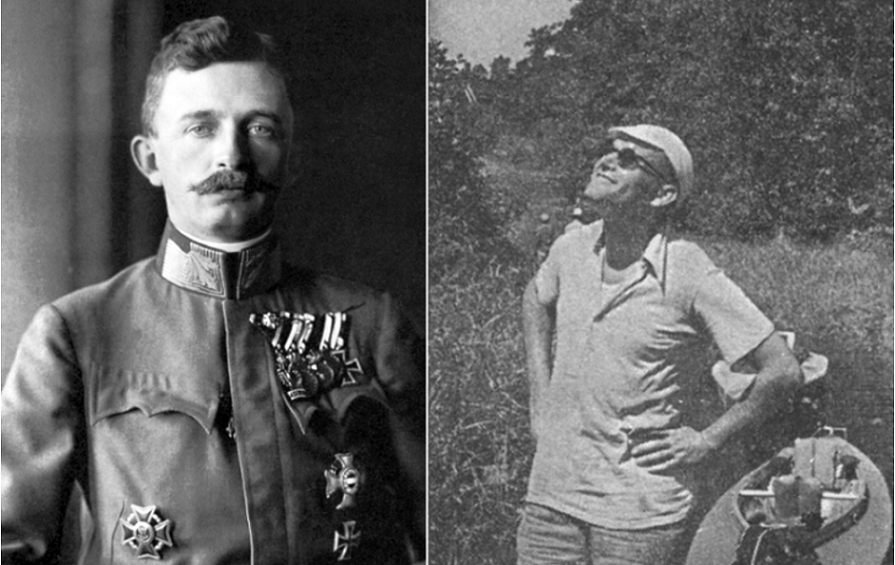
Charles I as emperor in 1917, Wikimedia (public domain); Karol Wojtyła kayaking, Wikimedia (public domain)
November 4 is the liturgical memory of St. Charles Borromeo, bishop. On that day, Karol Wojtyła, later Pope St. John Paul II, celebrated his name-day. St. Charles Borromeo was not the only particularly important Charles in the life of the Polish Pope. Karol Wojtyła junior’s father was, of course, Karol senior; and, in the family, there were also several other men named Karol (including his father’s cousin). The relationship between the last Emperor of Austria and the King of Hungary, Charles of Habsburg, now blessed, with Karol Wojtyla, Jr., is a little less known, but the story is very interesting.
Years ago, Rudolf of Habsburg, son of the last Austrian Emperor, King of Hungary and Bohemia, revealed in his memoir, a remark made by St. John Paul II during a private audience. The representative of a famous Austrian dynasty evoked, in his notes, the meeting of his family with the Polish Pope. The audience was attended by Prince Rudolf, his sons with their families, and above all his mother, Empress Zyta, now Servant of God. John Paul II greeted the Habsburgs very warmly and, addressing Zyta, called her “his Empress;” the Pope did not even overlook the courtesy of bowing his head before the empress. He spoke very warmly of her late husband, Charles I. At one point, eloquent and surprising words came from the Pope’s mouth:
Do you know why I was named Charles at baptism? Because my father had great admiration for Emperor Charles I, of whom he was a soldier.
In fact, from 1772 to 1918, the Wojtyła family’s hometown, Wadowice, belonged to the Habsburg empire, and precisely to the Habsburg-Lorraine dynasty, the direct continuators of the Habsburg dynasty. Given the Lorraine lineage, we therefore have a certain relationship between Charles I, or rather his dynasty, and France. Generally speaking, in the South of Lesser Poland—Małopolska—, there are still many vestiges from the Austrian past. Lesser Poland is, above all, a region particularly associated with Pope John Paul II. The “Małopolska Serwis” is recalling this on the occasion of the centenary celebrations of John Paul II’s birth. santojp2.pl.

John Paul II Square (view from the south), by Krzysztof Cabak – copyrighted, CC BY-SA 4.0, https://commons.wikimedia.org/w/index.php?curid=49621204
It is also worth mentioning that the Polish Pope’s middle name: Joseph probably referred to the predecessor of Charles I, his grandfather’s brother, Franz Joseph I.
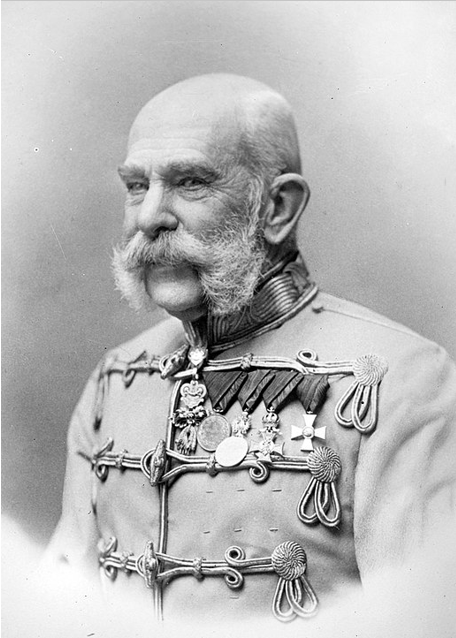
Emperor Franz Joseph of Austria, in uniform, 1903. Credit: Library of Congress of the USA, Wikimedia (public domain)
Interestingly, the last blessed to be brought to the altars by John Paul II was Charles I of Habsburg. That was on 3 October 2004, in St. Peter’s Square. The liturgical memory of the blessed Charles is celebrated on October 21st.
How did the Archduke, and later Emperor Charles, born on 17 August 1887, deserve to be included among the blessed?
Before Charles became the last crowned head of the Austro-Hungarian state, there was hardly any indication that this would happen. The list of claimants to the throne was long, also because Franz Joseph I’s reign was exceptionally long. Charles was by no means high on that list. It is surprising that during the meeting of Charles’ future wife, Princess Zita, with Pope Pius X—today a saint—prophetic words came from the lips of St. Peter’s successor, saying that Charles would succeed his grandfather’s brother; he was to be a reward from God for Austria.
Archduke Charles and Zyta were married in October 1911, and in 1915, at the initiative of the future Austrian Emperor and King of Hungary, they made a pilgrimage to Austria’s largest sanctuary in Mariazell. Charles was very devoted to the Mother of God.
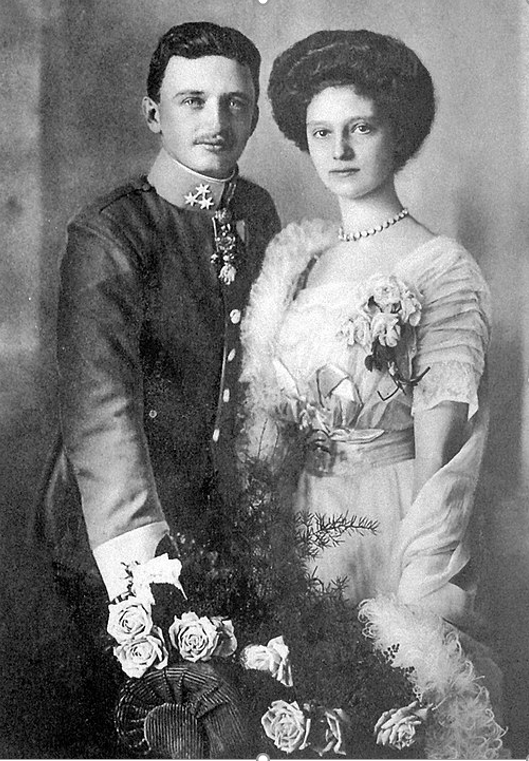
Zyta with her husband, Wikimedia (public domain)
In November 1916, the reign of Franz Joseph I ended, and Charles assumed power. What had seemed impossible indeed became a fact.
The young ruler undertook many initiatives to bring peace and end the ongoing World War I; peace became a priority for him. The failures of the forces of Austria-Hungary and Prussia on the front announced the collapse of the world as it had been known. Charles I’s state was falling into decline, and the monarch himself soon had to leave his homeland. Many historians have no doubts that, because of unfortunate circumstances, many of Emperor Charles’ interesting initiatives came to nothing.
As for the attitude of Austria’s last emperor towards Poland, it must be admitted that it underwent an evolution. Already in April 1912, Archduke Charles, accompanied by his wife Zyta Bourbon-Parmeńska (who, as we can see, had dynastic ties with France), arrived in Kolomyia in Galicia, where a regiment of the Austrian dragoons was to be stationed from then on. While in Poland, Princess Zyta was expecting her first child.
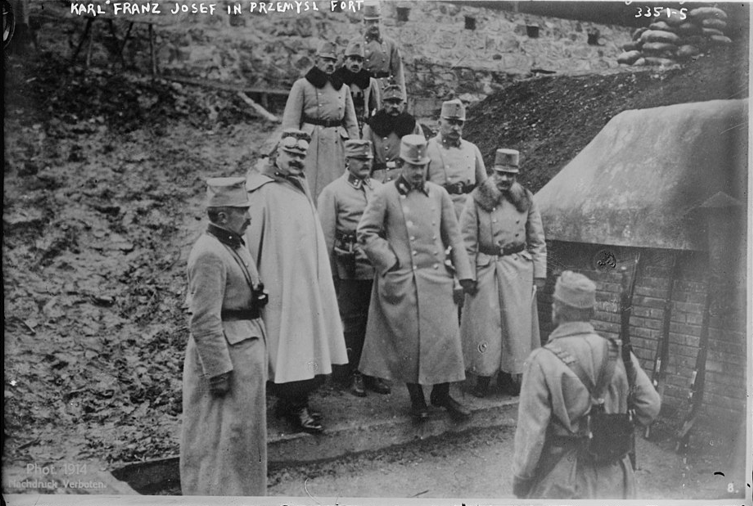
Charles I of Habsburg in Przemyśl, Wikimedia (public domain)
In 1920, Charles noted in his journal:
The rebirth of the Polish state was only an act of justice because there is no nation more patriotic than the Polish nation, and in history there was no greater injustice than the partitioning of Poland.
Charles made attempts to return to the Hungarian throne, but they did not bring the desired results because, among other things, Habsburg did not want to allow the shedding of innocent blood. He was pressured to abdicate but, citing his coronation vow, he refused to consent to that.
Ultimately, the former ruler had to go to Madeira, a Portuguese island in the Atlantic. Although he was still young, his health deteriorated so much that Charles himself had no doubts that he had to prepare himself for death. He suffered a lot. He consciously offered all inconveniences for good intentions, also for his former subjects. Every day in bed, Charles heard Holy Mass and received Holy Communion. He often prayed with his wife.
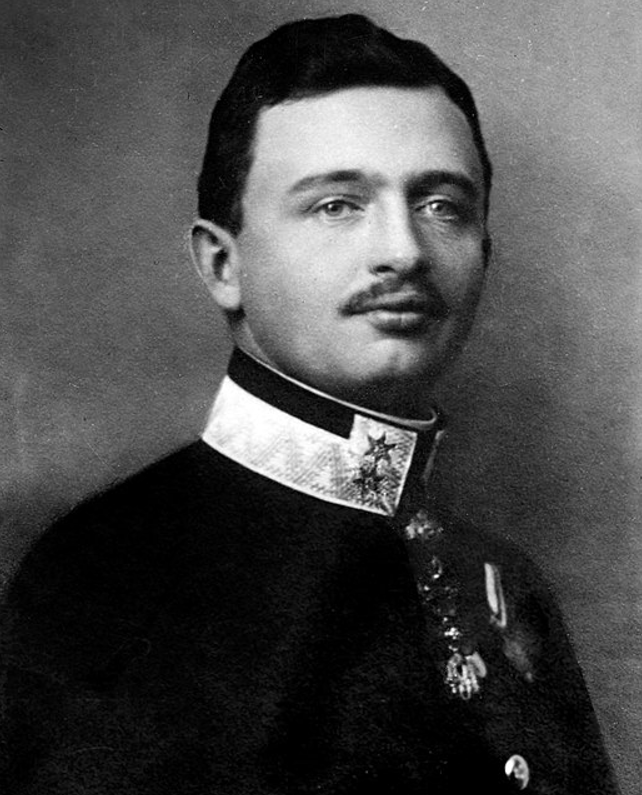
Grand Duke Charles of Austria, later Emperor Charles I of Austria (R 1916-1918), Wikimedia (public domain)
The last words of the former Emperor of Austria were:
May your will be done. Jesus! Jesus!…
Austria’s last emperor died on 1 April 1922.
Austria-Hungary is a state entity that evokes ambivalent feelings in Poles to this day. On the one hand, the advantages of the so-called Galician autonomy, but on the other hand, the partitioning policy of the great power, and participation in the partitions are remembered. Unfortunately, little is said about the last Emperor Charles I, and if anything, the speakers and the writers refer to slanderous anecdotes. Meanwhile, as is clear from the above short biographical sketch, the monarch had many merits and, especially in the final period of his reign and life, he was very friendly towards Poland. He certainly did not think that, years later, Karol Wojtyła, who was not yet two years old at the time of his death, would raise him to the altars.

Emilia and Karol Wojtyła, the parents of Pope John Paul II; Charles I of Habsburg was highly respected in their family, Wikimedia (public domain)
It is worth remembering that the miracle needed to proclaim Charles I blessed took place in… a Polish nun. This is, therefore, another Polish motif in the context of the person of Austria’s last emperor. Sister Maria Zyta Gradowska was born in 1894. At the age of 25, this Polish woman joined the Congregation of the Sisters of Charity (originally founded in France). She soon became a missionary in Brazil. Over time, her health deteriorated, to the point that she was bed-ridden. One of the sisters suggested that she should pray for healing through the intercession of the Servant of God Charles of Habsburg, who needed a miracle to be proclaimed blessed. The Prayer League sent out prayers for the Austrian’s cause. The sister initially resisted praying to the emperor, but her resistance broke as the pain became increasingly difficult to bear.
One morning, Sister Gradowska got up as if nothing had happened and simply went to the chapel for prayer. Not only was the excruciating pain gone, but the non-healing wounds on her legs had completely disappeared. The Sister lived to the age of 95, although she had suffered for nearly 20 years from the disease that finally disappeared, inexplicably and completely, and never returned. Charles successfully interceded for a Sister who, incidentally, had the same name as his wife.

Charles I of Habsburg in Przemyśl, Wikimedia (public domain)
Consequently, we do well to remember the last Austrian emperor not only on November 4th and the Polish Pope’s name-day. This figure certainly deserves it.
Sources of information and quotes: franciszkanska3.pl, niedziela.pl, cesarzpokoju.pl, santojp2.pl
Translation from Polish: P. Nau / Office for Foreign Communication of the Secretariat of the Polish Bishops’ Conference




Dodaj komentarz